This article was originally published by Lance D. Johnson at Natural News.
In the escalating trade tensions between the Trump administration and other global powers, investors are scrambling to secure their investments, particularly in gold and silver. This surge in demand has led to a shortage in the UK market and rising premiums, prompting concerns over supply constraints.
The situation showcases the role of precious metals as safe-haven assets during economic uncertainty, mirroring the panic buying seen during the COVID-19 lockdowns. Experts predict that higher tariffs could exacerbate market volatility, further driving up prices for these commodities.
Main Points:
• Tariff-Driven Demand: Increased tariffs have caused a surge in gold and silver purchases, with US investors buying UK-minted coins at rates up to 284% higher.
• Supply Constraints: The UK market faces shortages, escalating premiums as investors rush to secure their positions.
• Market Uncertainty: Speculation over Trump’s next trade targets is causing anxiety, potentially igniting a global trade war.
• Safe-Haven Appeal: Gold is seen as a secure investment, with record numbers moving pensions into physical gold.
• Tax Efficiency: UK investors benefit from tax-free gains, adding to gold’s attractiveness.
Tariff fight fans demand for gold and silver
The Trump administration’s trade policies have ignited a significant demand for gold, with investors fearing escalating tariffs will drive up costs. Josh Saul, CEO of The Pure Gold Company, noted a 284% surge in US purchases of UK coins, reminiscent of COVID-19 panic buying. This surge is driven by fears of supply constraints and rising premiums, making physical gold increasingly scarce and valuable.
The impact of tariffs and tightening resources on the prices of gold and silver can be analyzed through several interconnected mechanisms:
1. Safe-Haven Demand: Tariffs can lead to trade conflicts and economic uncertainty, prompting investors to seek safe-haven assets like gold and silver, thereby increasing their prices.
2. Inflationary Pressures: Tariffs may increase import costs, leading to inflation. Gold and silver, as hedges against inflation, are likely to see their prices rise as their purchasing power is sought after during inflationary periods.
3. Interest Rates: Central banks might raise interest rates to combat inflation, making interest-bearing assets more attractive and potentially reducing demand for non-yielding assets like gold and silver, thus affecting their prices inversely.
4. Supply Chain Disruptions: Tightening resources can lead to supply chain issues, causing shortages in precious metals used in various industries, thereby increasing their prices due to higher demand and reduced supply.
5. Currency Fluctuations: Trade imbalances from tariffs can lead to currency devaluations, making gold more expensive in weaker currencies and increasing demand.
6. Investor Sentiment: Economic uncertainty can drive investor fears of recession, increasing safe-haven buying of gold and silver.
7. Historical Precedents: Past trade disputes have often correlated with increased gold prices, suggesting a pattern of safe-haven behavior during economic turbulence.
8. Supply and Demand Dynamics: Strained supply chains and increased industrial or investment demand can tighten the supply of gold and silver, driving up their prices.
Uncertainty fuels market volatility
While gold dominates, silver is also attracting attention, with Swiss wealth managers anticipating a silver bull market. Additionally, a record number of investors are moving their pensions into physical gold bars, seeking stability amidst economic volatility. Tax benefits, such as tax-free gains in the UK, further sweeten the deal for investors.
The uncertainty surrounding Trump’s next trade moves—potentially targeting Europe, Australia, or Japan—heightens market anxiety. Experts warn of a domino effect that could spiral into a global trade war. This volatility is expected to impact inflation and central bank policies, driving investors towards gold as a hedge against instability.
The current climate of trade tensions and economic uncertainty has transformed gold into a crucial safe-haven asset. As investors scramble to secure their investments, the demand for gold and silver continues to rise, mirroring historical trends during periods of crisis. The precious metals serve not just as financial instruments but as a testament to the enduring human instinct to seek stability in turbulent times. In this stormy economic sea, gold stands as the ultimate lifeboat, offering security and liquidity amidst the chaos.

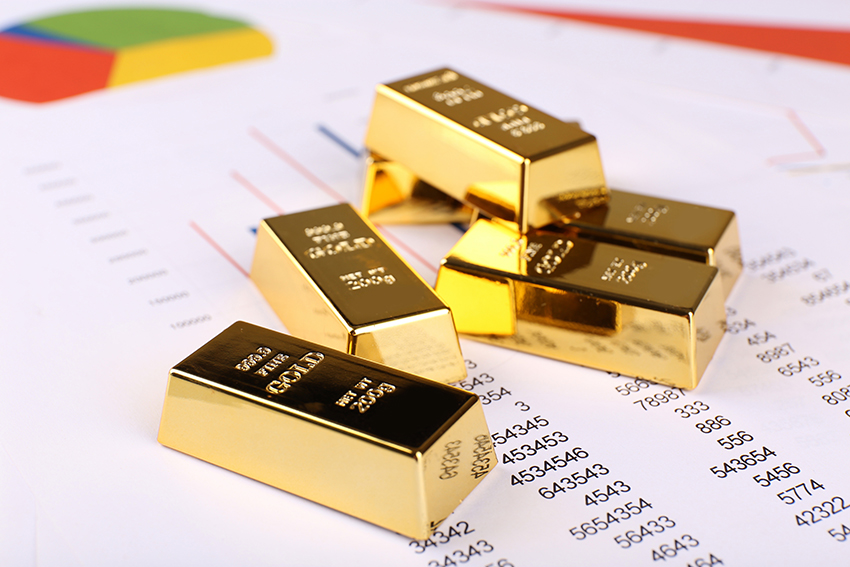
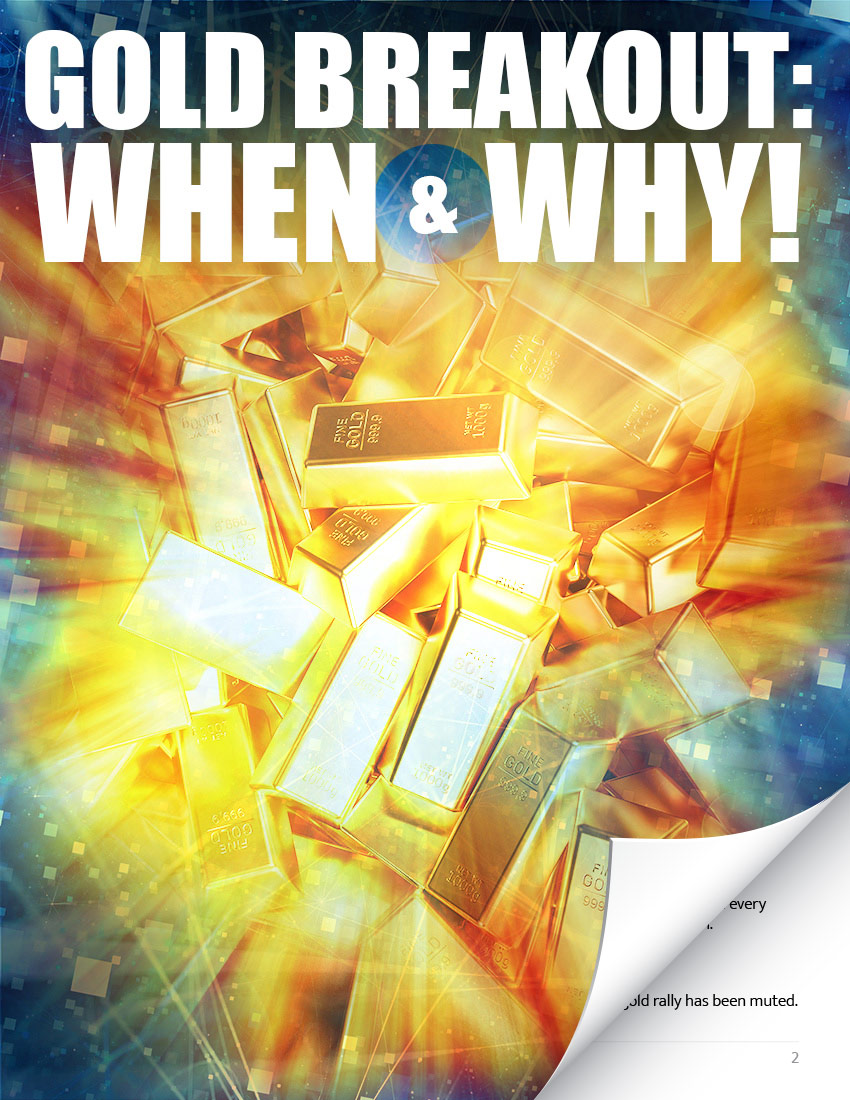



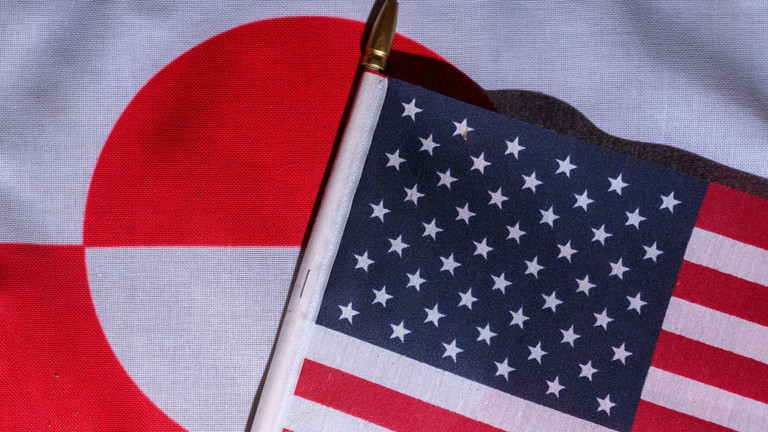
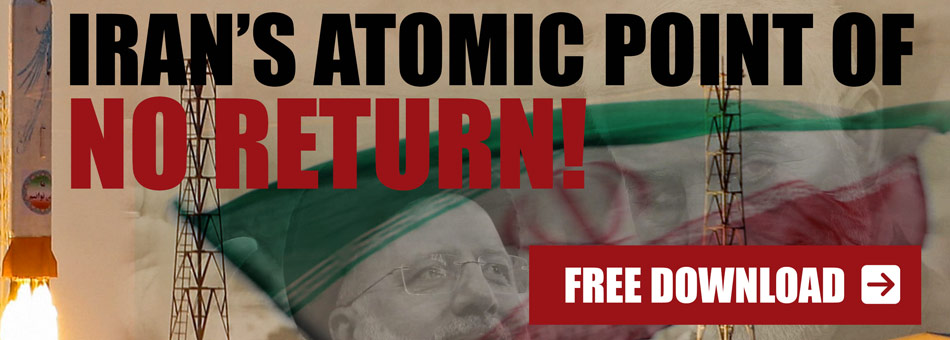
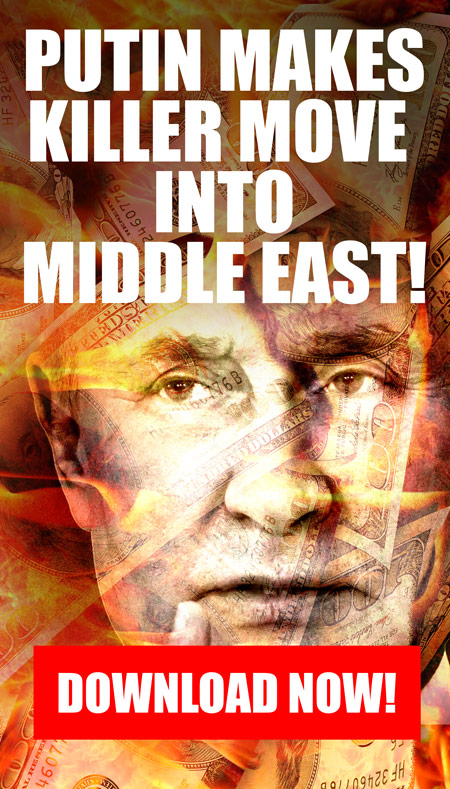


0 Comments